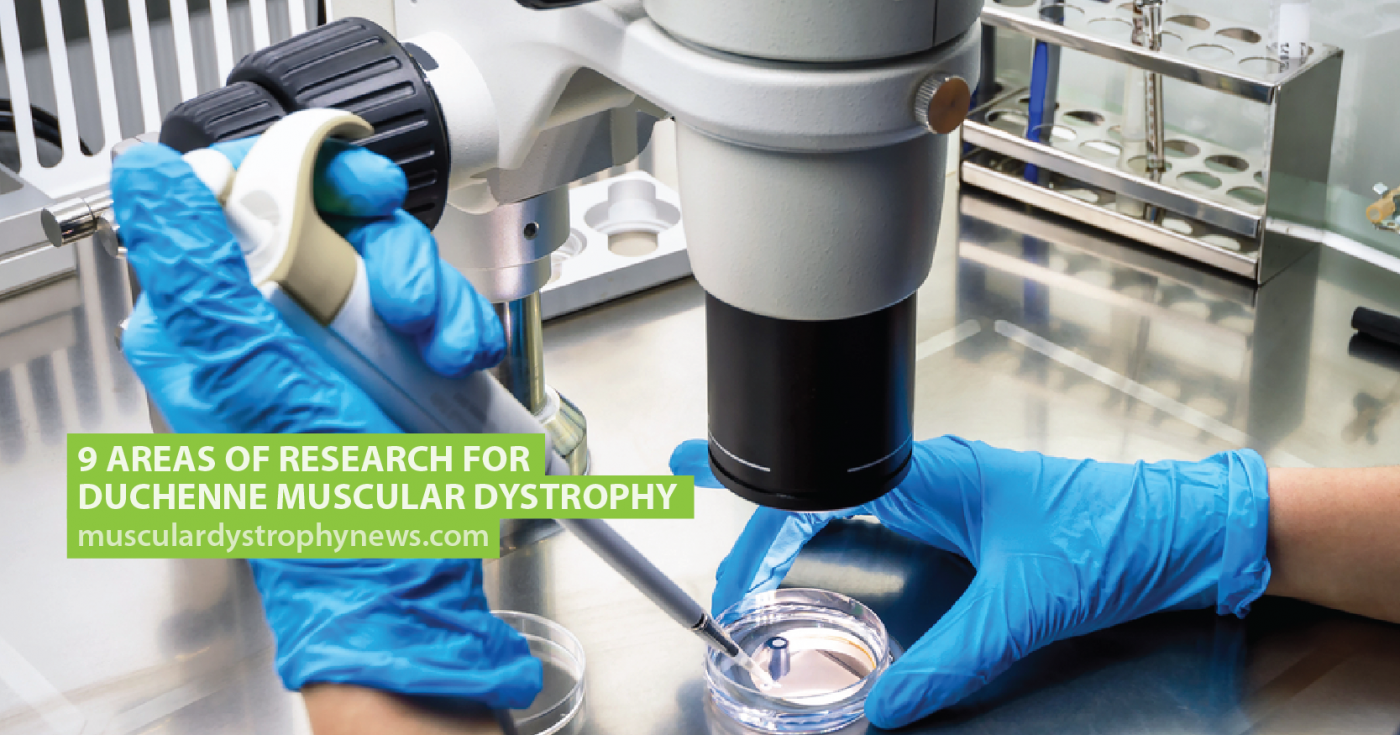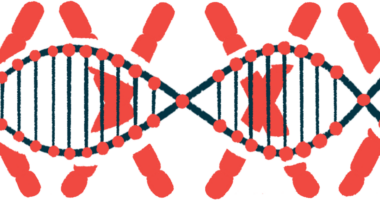9 Areas of Research for Duchenne Muscular Dystrophy
by |

Around the world, researchers are working tirelessly to come up with new treatments for Duchenne muscular dystrophy which will help slow down, stop, or reverse the devastating effects of the disease. There are a number of different areas that scientists are currently working on, which range from repairing muscle damage to protecting the heart.
According to the Muscular Dystrophy Association, these are some of the main areas of study researchers are currently working on:
Gene Transfers
Inserting new dystrophin genes is one area being studied for the treatment of Duchenne MD. Scientists are hoping to be able to deliver replacement copies of the mutated gene to slow down the progress of DMD. However, it’s unlikely this therapy would completely stop or reverse the progress of the disease.
Exon Skipping
Exon skipping is a way of altering how cells read DNA code. It’s thought that if the cells read shorter codes then they may be able to produce more dystrophin protein, leading to a less severe disease and symptoms more akin to Becker MD.
Improving Muscle Growth
Promoting muscle growth through myostatin inhibitors will help to increase muscle strength, improve symptoms and slow down the progression of the disease.
Discuss the latest research in the Muscular Dystrophy News forums!
Stem Cell Transplants
Stem cell transplants could be used to accelerate muscle repair which could help slow down or even reverse the effects of DMD.
Protecting Against Muscle Damage
Safeguarding the muscles from initial damage is also an area being researched for DMD. Strengthening muscles which have depleted levels of dystrophin by using a similar protein called utrophin could help fortify muscles and protect them from further damage.
Combatting Muscle Inflammation
Corticosteroids are currently used to help reduce muscle inflammation and ease the symptoms of DMD. Researchers are looking at alternatives to corticosteroids which may be more effective and have fewer side effects.
MORE: Blood CK levels may help predict loss of lung function in DMD patients.
Blocking Muscle Fibrosis
As DMD progresses, muscle fibers are lost and replaced by fat and connective tissue — this is called fibrosis. Fibrosis makes the muscle harder to repair, so finding new techniques to stop muscle fibrosis from occurring will mean that those with the disease will retain muscle strength for longer and respond better to muscle-strengthening therapies.
Increasing Blood Flow to Muscles
Blood flow is important to help strengthen muscles and aid repair. Researchers are developing techniques to maximize the amount of blood flowing into muscles when exercising using phosphodiesterase inhibitors.
Protecting the Heart
Because the heart is a muscle, it’s also affected by a person’s lack of dystrophin and many people living with DMD go on to suffer from heart complications. Protecting the heart to preserve its function will help to lengthen life expectancy. Researchers around the world are working on a number of projects to improve heart function.
MORE: Talking to family members about your child’s neuromuscular disorder.
Muscular Dystrophy News Today is strictly a news and information website about the disease. It does not provide medical advice, diagnosis or treatment. This content is not intended to be a substitute for professional medical advice, diagnosis, or treatment. Always seek the advice of your physician or another qualified health provider with any questions you may have regarding a medical condition. Never disregard professional medical advice or delay in seeking it because of something you have read on this website.







